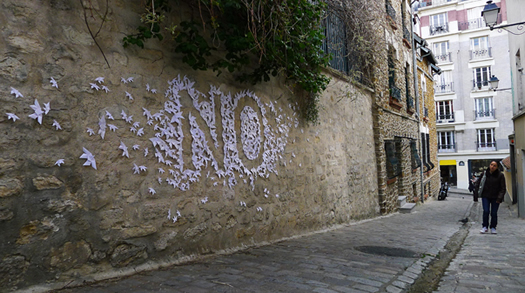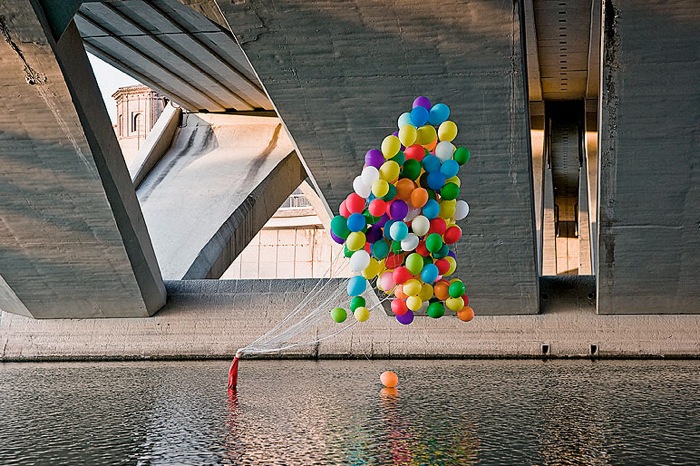The past week we have been really focusing down on the Site in the City project.
Talking a walk around the city I came across the Castle in Nottingham. I hadn't visited it before and when I was walking outside along the wall, there was somebody practising singing inside, (maybe for a performance or something). This reminded me about the scene in the story of Cinderella and Ash Puttel. With this I then decided to look at the scene in the story where the protagonist is given something special, ie - Cinderella, where the Fairy Godmother gives Cinders a dress, a coach and coach men. I then began to look at what we, as 20 year olds remember about the story, and the magic scene was what was most mentioned.
I then decided to look at what we actually remember. As well as what kind of objects or imagery we associate with memories or stories.
This then lead me to picking up a pumpkin, ivy vines and choosing to place it outside the castle. However with Halloween just round the corner, I thought this will just remind people Halloween is drawing in. So my next thought was to come up with a way in which to make people think a but harder about what a pumpkin and vines, placed by a castle is actually there for.
To do this I decided to create a 'RESERVED' sign, as in it was reserved for Cinderella by her Fairy Godmother.
I also added a bit of glitter to the piece to make it more interesting, and make people ask a few more questions.
The first place I had originally chosen proved to be ineffective. This was quickly learnt as I realised people didn't walk round the entire way, they seemed to stay one side of the area more. This then meant I moved the piece over to under a tree in a open space.
Here the pumpkin gained a lot of views and some people taking photo's with it?
Not sure why.
Asking people who had spotted it and had gone in to take a closer look, I asked what they thought it was here for, what it might mean and what it reminds them off.
Out of the number of people I asked about 7 of them understood it completely, but were unsure as to whether it was what it was therefore. The uncertainty was gone however when I explained my idea to them. another 3 people didn't connect to it completely but as soon as I confirmed or explained they then understood and retold the story to me to make sure they were right. There was only one person who did not connect to it at all and it turns out they had never seen the Disney film, read the story or a stage production.
Over all I think it worked out fairly well, it has also given me more confidence about my own work and I feel more confident in myself and my work to do it again or try out new ideas.
































